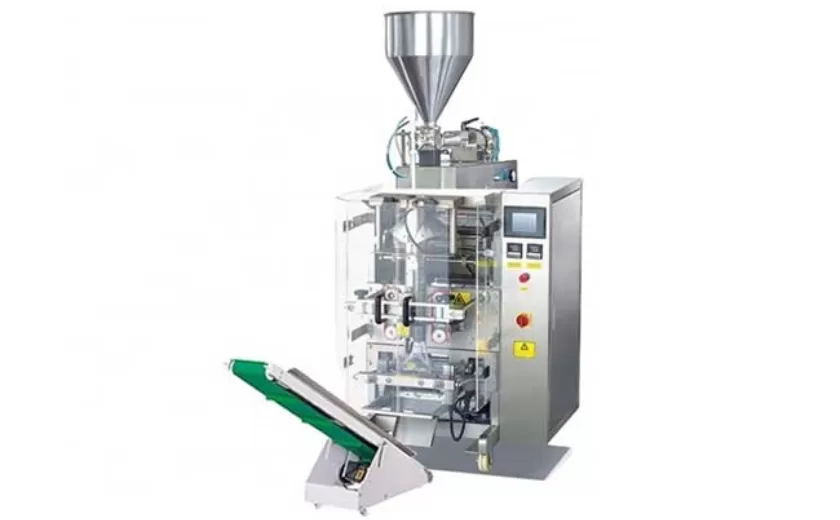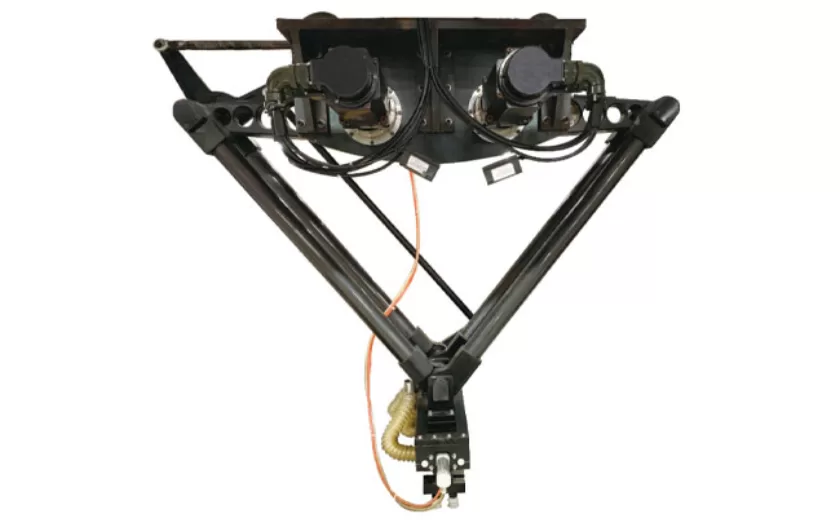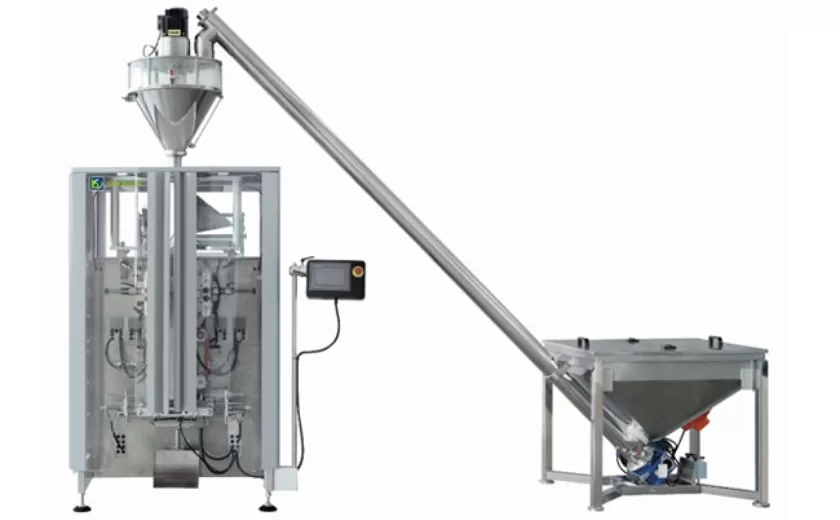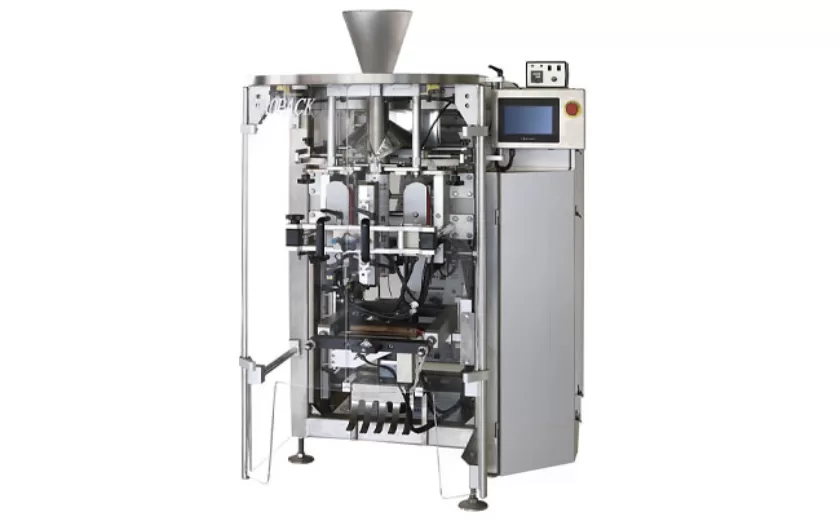The Economics of Tomato Paste Packaging- A Cost-Benefit Analysis
In the culinary realm, where flavors dance and textures intertwine, the humble tomato paste stands as a culinary chameleon, its versatility gracing dishes from rich sauces to vibrant marinades. Yet, beyond its gustatory prowess lies a hidden realm of economics, where the choice of packaging plays a pivotal role in shaping its cost-benefit equation.
Cost Analysis:
The packaging of tomato paste incurs various costs. Primary packaging, such as cans or tubes, provides physical protection and ensures product integrity. Secondary packaging, including boxes or bulk containers, protects the primary packaging and facilitates transportation. The materials used, from tinplate to plastic, significantly impact the cost. Labor and transportation expenses add to the total cost burden.
Benefit Analysis:
Against these costs, the benefits of tomato paste packaging must be weighed. Primary packaging extends shelf life by preventing spoilage, while secondary packaging enhances protection during handling and storage. Convenient packaging sizes and easy-to-use dispensers cater to consumer needs. Moreover, attractive packaging can serve as a marketing tool, increasing brand awareness and sales.
Optimization Strategies:
To optimize the cost-benefit balance, manufacturers and brands explore various strategies. Lightweight packaging reduces material costs and transportation expenses. Bulk packaging lowers unit costs for high-volume users. Eco-friendly packaging materials minimize environmental impact and appeal to sustainability-conscious consumers. Innovative dispensing systems, such as squeeze tubes, enhance usability and reduce product waste.
Market Dynamics:
The economics of tomato paste packaging are influenced by market dynamics. Consumer preferences for convenience and eco-friendliness drive packaging innovation. Availability of raw materials and fluctuations in commodity prices impact material costs. Technological advancements and economies of scale can lower production costs.
:
The packaging of tomato paste presents a complex economic tapestry, weaving together costs and benefits to shape the product’s value proposition. By carefully considering material selection, packaging design, and market dynamics, manufacturers and brands can optimize their cost-benefit equations, ensuring the culinary delight of tomato paste remains accessible and affordable for generations to come.
-

Advanced Packing Solutions: Snacks, Sugar, and Frozen Food Machines
29-10-2025 -

Efficient and Reliable Solutions for Salt, Nuts, and Frozen Dumplings Packing
29-10-2025 -

High-Performance Biscuits, Lollipop, and Ketchup Packing Machines for Modern Food Production
29-10-2025 -

Efficient Liquid Filling and Packing Machines for Modern Production
23-10-2025 -

Reliable Granule Packaging Machines for Efficient Production
23-10-2025 -

Efficient Auger Powder Filling Machines for Accurate Packaging
23-10-2025 -

High-Performance Liquid Filling and Packing Machines for Hygienic Production
10-10-2025 -

High-Efficiency Granule Packaging Machines for Precision and Speed
10-10-2025 -

High-Precision Auger Type Powder Filling Machines for Efficient Packaging
10-10-2025 -

Efficient Vertical Form Fill Seal Packaging Machines for Smart Production
10-10-2025





